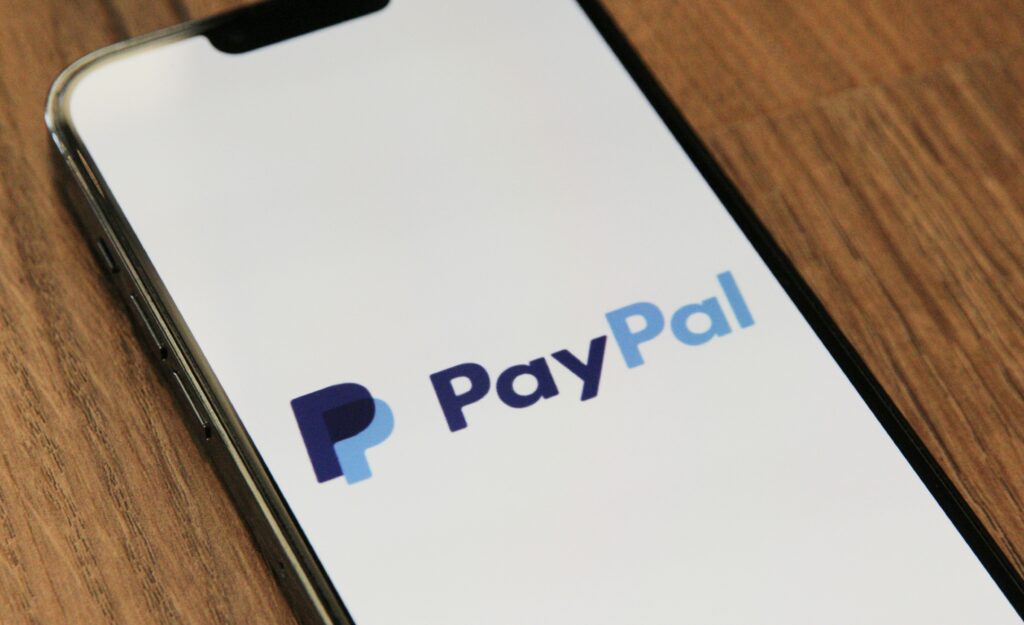As a high-risk merchant, your monthly statements will undoubtedly contain more fees than low-risk merchants. You can negotiate those fees down to zero (in some cases), while others remain fixed for the lifetime of your account. Payment processing fees fall into both categories.
Just like in the first part of this series where we informed you of high-risk merchant account fees (especially interchange fees and interchange plus pricing), here we will dive further into payment processing fees. It’s important to understand what you’re being charged with every card transaction, refund, chargeback, or even monthly. Some of these fees should absolutely be eradicated, others can be lowered significantly, and some will remain the same.
It’s important to understand all the fees from your payment processor so you know what you’re paying at the end of the month. Combine these processing fees with what you learned about discount rates, interchange rates, and tiered pricing (qualified, mid-qualified, and non-qualified) to get the full concept of processing costs.
This can also help you shop around for a better merchant account provider if you feel that what you’re being charged currently is too high or there’s no room for negotiation. Stay informed, understand your statements, and you’re sure to see an improvement on your bottom line.
The Two Types of Transaction Fees
With every transaction, you have two associated fees: authorization fee and credit transaction/sales fee. There are no set rates for each; it’s entirely dependent on the online payment processor you use. There is also a one-time setup fee your processor charges upon activation of your account.
Authorization
An authorization fee is simple. It’s a fee associated with approving the card for the transaction amount. Usually, the amount is small, maybe $0.05. It’s the fee that payment processing companies use to accept a credit card payment via MasterCard, Visa, Discover, or American Express (whatever the credit/debit card type is). This fee occurs per attempt, meaning if a transaction fails, then you still pay the fee for that failed transaction as well as any future transactions until it’s approved.
But at the end of the day, it’s just one small fee out of many that appear on your statement. With merchant accounts, there will always be an authorization fee. Speak with your processor about the possibility negotiating the price down, but don’t expect the fee to be eliminated entirely.
Credit Transaction or Sales Fee
When the transaction is authorized, there’s yet another fee you’re charged called a sales fee or a credit transaction fee if the transaction is approved. The language changes depending on your processor and the statement you’re reading, so keep in mind that “sales fee” equals “credit transaction fee”.
The flat fee can range between extremely low, around $0.05, or on the higher end, like $0.30. For context, Stripe and PayPal use flat-rate pricing of $0.30 for transaction fees (which includes the transaction authorization fee). Some credit card processors charge a flat fee for both but others have 2 separate fees. When a separate fee is charged for authorization vs sales fee, you save funds as declined transactions carry a lower cost. With Stripe or PayPal, you pay the same fee regardless of whether or not the card transaction is approved.
This is where merchant accounts shine, because you can negotiate these transaction fees and many processors charge differing amounts per transaction type. As mentioned, the rate changes if a transaction is declined or accepted. This can save you some serious cash in the end if you get repeat customers who make mistakes when entering their credit card info.
The Deal with Chargeback Fees
Chargebacks are a big part of what makes up higher risk e-commerce businesses. They are like super-powered refunds, but in a bad way. That’s because in the end, you lose the money from the sale in addition to a fee that’s $30 or more.
Chargebacks happen to regular merchants, too, so you aren’t alone in receiving a fee for one. But as a high-risk seller, your chargeback fee will certainly be a higher rate, at least initially. These charges hold zero value to you—you’ve already lost the money from the sale. Luckily, you can talk with your payment processor and attempt to lower that fee. But don’t do it right away; you need proof of good standing with your account before fees of this nature can be negotiated.
If you’re well-established (at least 6 months of working with your processor) and have consistently successful sales with a low chargeback ratio, then now’s the time to negotiate. Payment processors are much more willing to lower the cost of a fee if they see that there’s no harm to their own business. In the end, each merchant account provider is connected with an acquiring bank whose number one goal is financial security/profit. Stay in the black and your credit card processor will work with you and can start quashing those unnecessary additional fees.
Average Credit Card Processing Fees to Understand and Negotiate
Authorization, transaction, discount rate (which includes interchange fees) as well as chargeback fees are the major fees you should be aware of because they either have the largest impact or happen with each swipe at checkout (whether online ecommerce, keyed-in or at a POS). But there are many other types of fees, even some hidden fees, you can negotiate down that maybe aren’t as impactful but can still make a dent in your bottom line.
Retrieval Request
When a customer calls their bank to request information about a past or present transaction, you are charged a retrieval fee. These fees can be around $20, so not exactly cheap just to get info about a past transaction.
However, retrieval request fees don’t occur with every transaction type. If you speak with your credit card processing company, then they can inform you of what types do incur this fee (e.g., transactions over a specified amount, credit/debit card transactions that date back more than a year, etc.).
A retrieval request often acts as the preliminary action before a chargeback, building up to the refund request. A customer calls their bank, asks about a transaction, then disputes it. There’s no way to prevent a retrieval request, but you can speak with your processor about being informed when they occur. This is so you can possibly prevent a chargeback from happening by providing transaction and shipping details regarding the purchase.
Refund Fee
Not as intense as a chargeback fee but equally frustrating are refund fees. When a customer makes a standard refund, many credit card processors charge you for it. Some providers charge the same rate as a credit card transaction fee, others charge something different. You should absolutely negotiate out of this fee as there is no extra cost for processing a refund.
PCI-compliance
It’s highly recommended for you to be PCI-compliant, if you’re not, you may be subject to penalties. For non-compliance, fees are around $50 per month, which is pretty steep. It’s easier to just be PCI-compliant: your rate will lower to around $10 per month (or maybe a yearly fee), and it only takes around 30 minutes to complete. A simple quiz or scan of your website will help prevent this additional fee.
Statement Fee
This is a benign monthly fee that can easily add up to a few hundred dollars. This is why it’s so important to review your statements and question each fee that appears. You could be paying hundreds per month unnecessarily. So, if you see this fee then call your provider and negotiate it down.
Additional Fees
Other fees that you can’t do too much about include cancellation fees, high-risk fees, customer service fees, assessment fees, association fees and cross-border fees. These are fairly self-explanatory except association fees, which are charges from the credit card network (Visa, MasterCard, AMEX, or another card issuer) that appear simply because you are a merchant who accepts that type of card. Fees can also range based on your type of business or your merchant category code (MCC).
How to Handle Reserves Properly
Reserves, sometimes called chargeback reserves, are forced upon direct response merchants (i.e., supplement sellers, digital course merchants, etc.). They are a way for acquirers to feel secure about allowing you, a high-risk merchant, to use their payment gateway.
Don’t Fight Reserves
At least not right away. Because reserves are a security measure, it’s best if you accept them without much pushback. This will get your foot in the door, so in the future you can negotiate your way around them.
Ask for Capped Reserves
Most reserves are a percentage of your sales processing volume, usually around 5% or 10%. But that adds up quick. 10% of all sales every month sounds unnecessary. The bank only needs some cash reserved in case a chargeback occurs or they want a pool of money to use for fees.
Ask for a capped reserve instead of a percentage. They should be happy with around 50% of your typical monthly transaction volume. For example, if you sell $100k in a month, the ask for a cap at $50k.
Request a Repayment Plan
After 6 months, look through your statements and calculate how much money is in the reserve. If it’s twice as much (or even more) than the cap you’ve negotiated, it’s time to ask for that money to be repaid. But when you do this, don’t ask for it all at once. Instead, request a repayment plan from the bank to you.
The bank will still need a reserve, so don’t expect all the cash to come back if your account is still open.
Wrap-up of Processing Fees for High-Risk Small Businesses
Just like with high-risk merchant account fees, you should aim to understand what fees your payment processor is charging you. Many small businesses end up paying way more than what they should, but never do anything about it. So, take the time to go through your statements, speak with your provider or agent, and understand what you’re paying.
The merchant services provided by DirectPayNet keep these fees in mind. When you speak with one of our customer service agents, we’ll help you get to the bottom of your request so you can minimize fees and maximize scalability.
Speak with us today to find out more about our high-risk merchant accounts.







